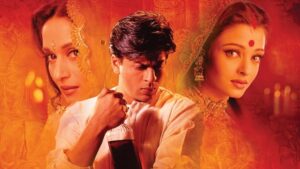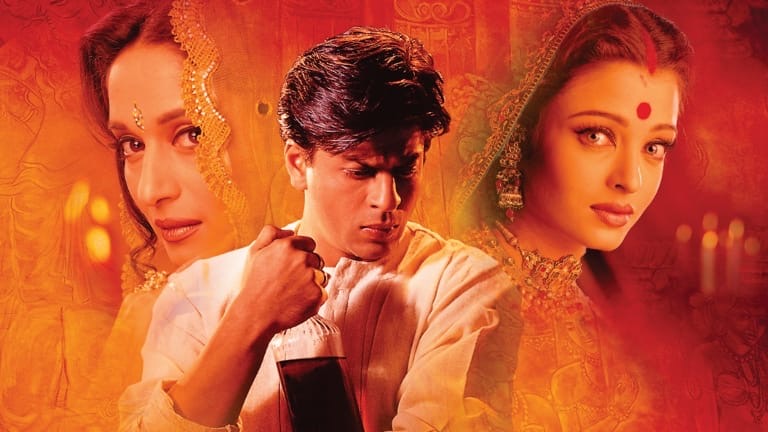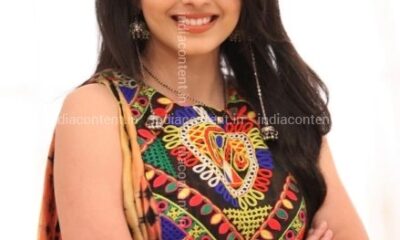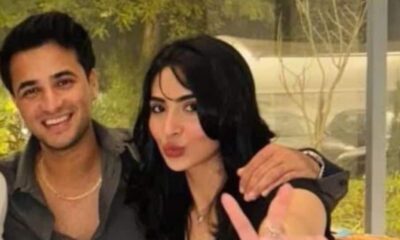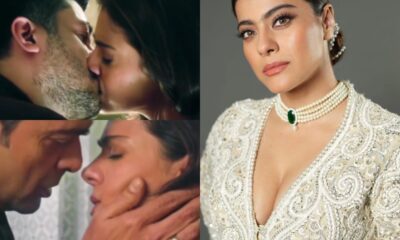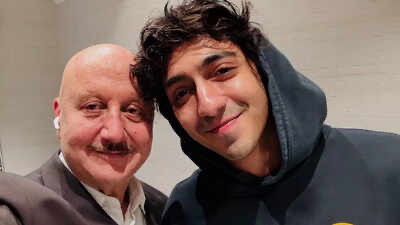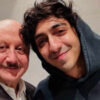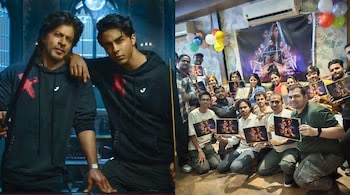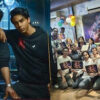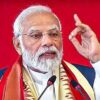Sanjay Leela Bhansali’s “Devdas” clocks 23 years
Sanjay Leela Bhansali’s
“Devdas” clocks 23 years
Sanjay Leela Bhansali’s Devdas, released on this day of 18 July, 2002, clocks 23 yesrs. It was a film blended with many firsts and clocking a budget of about fifty crores, being the most expensive film in the history of Bollywood until then.
The film screened outside competition at the fifty-fifth Cannes Film Festival, it emerged as a box-office recording film that even broke the rough patch Indian cinema suffered after its 1950s run, with films like Awara released in 1951, Do Bigha Zameen in 1953 and Pather Panchali in 1955, on the international stage. As Anupama Chopra notes in King of Bollywood released in 2007), “Until Devdas, mainstream Hindi films were largely film-festival untouchables.
Over an interview with Shah Rukh Khan recalled, that It may not have been, but it seemed to us that Cannes was about Devdas.
Moreover, it turned out to be a film that helped Khan demystify his earlier Yash Raj-Karan Johar coded persona of Raj or Rahul, typified as a carefree and high-spirited lover. While initially hesitant, Khan ultimately acquiesced to the role—once performed with quiet, languishing gravitas by Dilip Kumar in Bimal Roy’s 1955 black-and-white classic Devdas, recognised by many as a more faithful adaptation of Sarat Chandra Chattopadhyay’s novel of the same name. In addition, Bhansali’s film became the vessel through which linkages between organised crime and the film industry were unravelled like never before. Its financing by the diamond merchant, Bharat Shah, came under scrutiny when he was arrested in January 2001, for aiding and abetting the underworld don, Chhota Shakeel, the frontman of Dawood Ibrahim. However, with Bhansali refusing to scale back his grandiose vision, despite continued obstacles after Shah’s arrest, the shoot was finally wrapped on April 29, 2002. Madhuri Dixit meeting and later dancing to the song “Dola Re”—is perhaps what survives brilliantly in the present. When Chandramukhi says to Devdas, “Ishq agar insaan ka roop le le, toh uska dil aur chehra bilkul Paro jaisa hoga” (If love could have a corporeal form, it would appear like Paro), one wonders what kind of queer possibilities are engendered as Chandramukhi looks at Paro and, in certain moments, how Paro returns that gaze.
The dance sequence stands as a moment where the two recognise—in texture, tone, and synchrony—each other’s devotion to and love for the same person, while Devdas, on his part, is already deep into misery and hamartia. As an inebriated Dev unnerves Dharamdas, his attendant, at the ghat by urging a priest to perform his last rites—to ritually mark his death while being alive before partially immersing himself into the river—the echo of the titular refrain “Dola re” arrives in the film. The contrast is unmistakable. Love blooms, in red, with Paro and Chandramukhi. Love wilts in blue through Devdas’ melancholy.
News Edit KV Raman